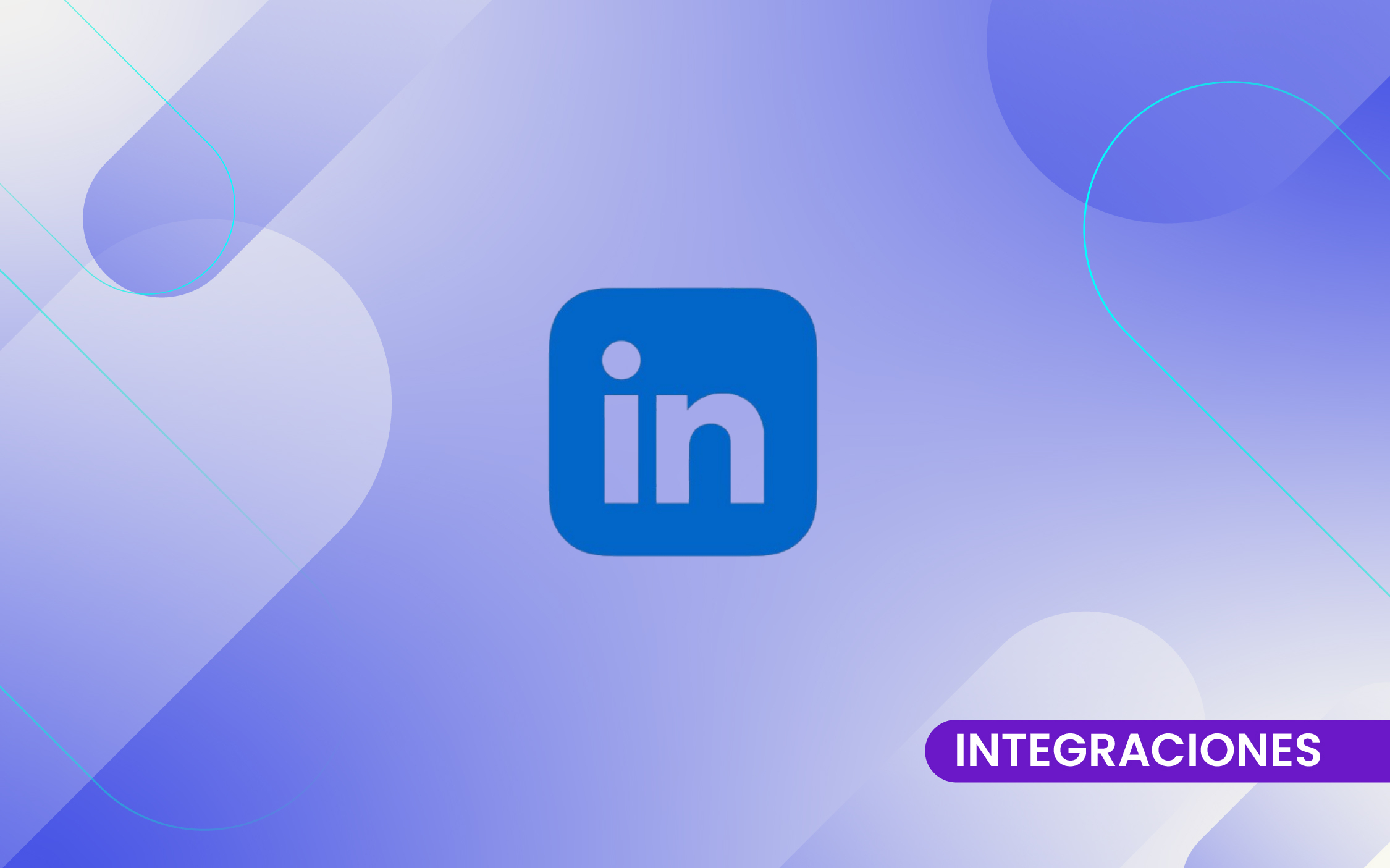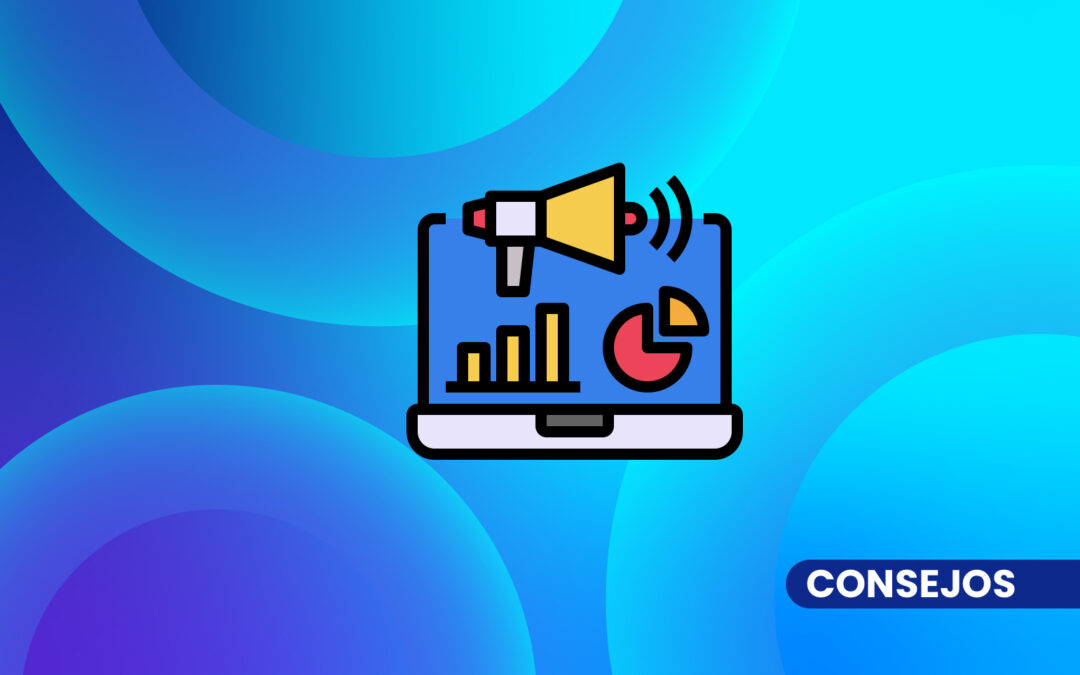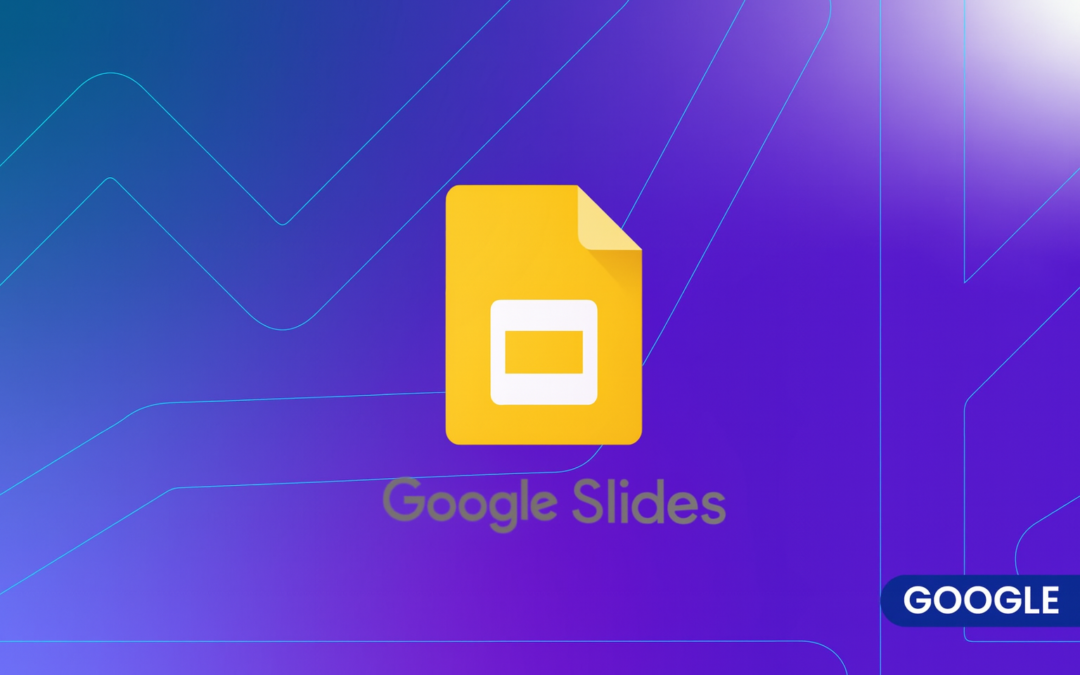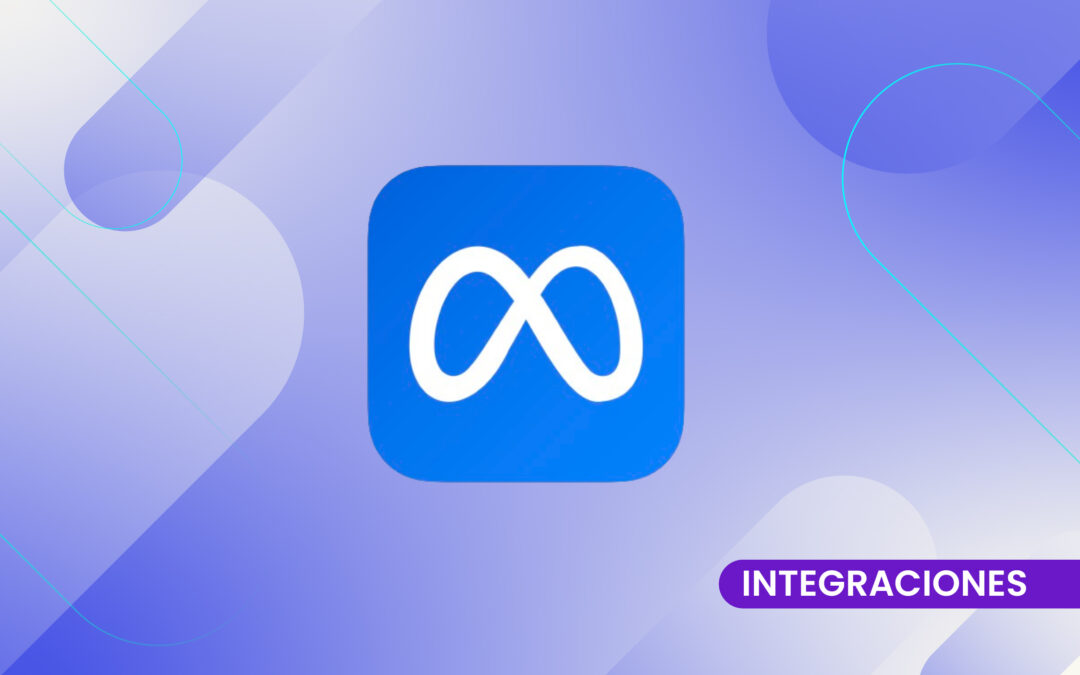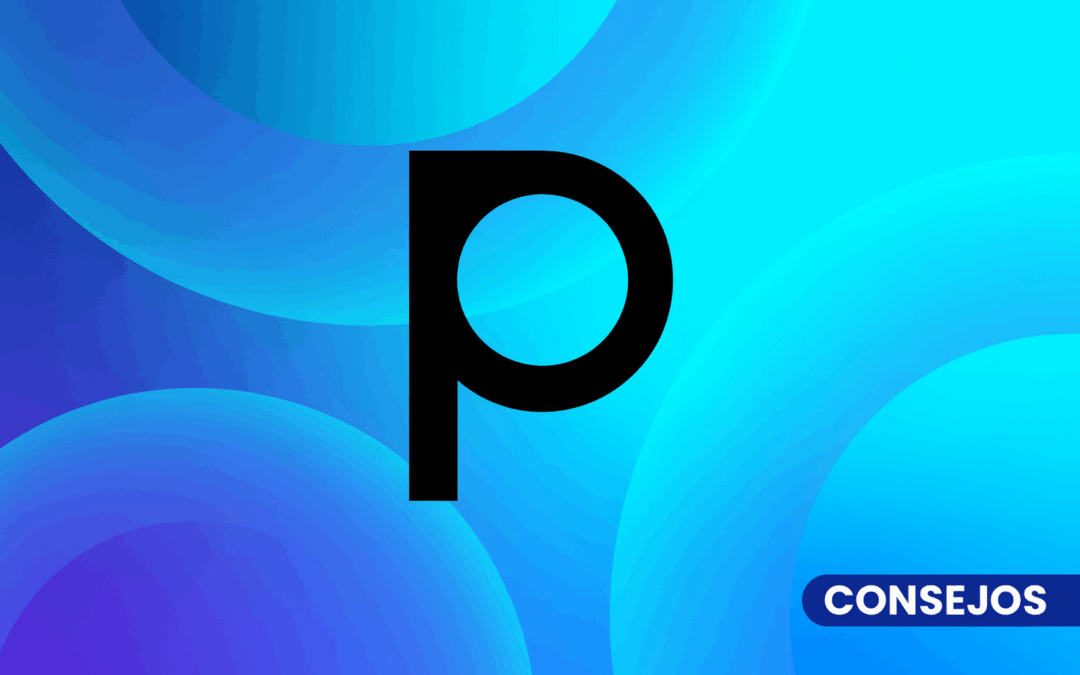When it comes to B2B marketing, LinkedIn remains one of the most effective spaces to reach decision makers and high-level professionals. Among the different advertising options it offers, sponsored posts (now called Message Ads or Conversation Ads) are one of the most direct and personalized ways to start a real conversation with your audience.
But it is not enough to send a message and wait for results. To get the most out of this tool, it is essential to set up the campaign right from the start. In this article we explain how to create sponsored messages on LinkedIn step by step, and what to take into account to optimize their performance.
What are linkedin sponsored posts
Sponsored messages allow you to send personalized communications directly to the inbox of targeted users. Unlike other ad formats, here you are not competing in a feed full of posts: your message arrives as if it were a one-to-one conversation, increasing the open rate and the possibility of generating an immediate response.
Today LinkedIn offers two types of sponsored posts:
- Message Ads: more traditional text messages, with a single call to action.
- Conversation Ads: interactive message flows, where the user can choose between different responses or paths depending on the content.
Both are ideal for generating leads, inviting to events, offering downloadable resources or presenting solutions in a more personalized way.
How to set up a sponsored message campaign
To create an effective campaign, the first thing you have to do is log in to LinkedIn's Campaign Manager and follow these steps:
First, choose the campaign objective.
In general, sponsored messages are used for objectives such as lead generation or website conversion, although they can also be used for awareness. Choose the objective according to the result you want to measure.
Then, define the target audience.
Segmentation in LinkedIn is one of its biggest differentials. You can build audiences based on position, company sector, company size, location, skills or professional interests. The more precise your segmentation is, the more relevant your message will be.
Then, select the ad format.
Choose whether you want to make a classic Message Ad or a Conversation Ad.
- Message Ad: ideal for direct communications with a clear offer.
- Conversation Ad: recommended if you want to build a small guided conversational experience to increase engagement.
Now, write your message.
Remember that sponsored messages should feel personal, brief and actionable.
Some tips:
- Use the recipient's first name with dynamic variables to customize.
- Be direct in the initial message: say who you are and what benefit you are offering.
- Add a clear call to action (register, download, schedule a call, etc.).
- Avoid sounding like a pushy salesperson; LinkedIn rewards a more consultative and professional tone.
I also uploaded a profile picture and signature for the sender.
It seems a minor detail, but putting a picture of a real person (not a logo) and a professional signature greatly improves the opening rate of the message.
Finally, define the budget and the bidding.
LinkedIn works with auctions. You can opt for a cost-per-post (CPS) model, where you pay for each message delivered. Set the daily or total budget, and adjust the bidding according to your performance goals.
Some best practices to optimize your campaign
- Don't overload the message. Be brief, direct and focused on a single objective.
- Personalize whenever you can. Using the contact's name and adapting the message to the professional context improves responses.
- Test different messages. LinkedIn allows A/B testing to compare different copies and approaches.
- Analyze the open rate and click-through rate. These are the two main indicators to evaluate if your message was relevant to the audience.
